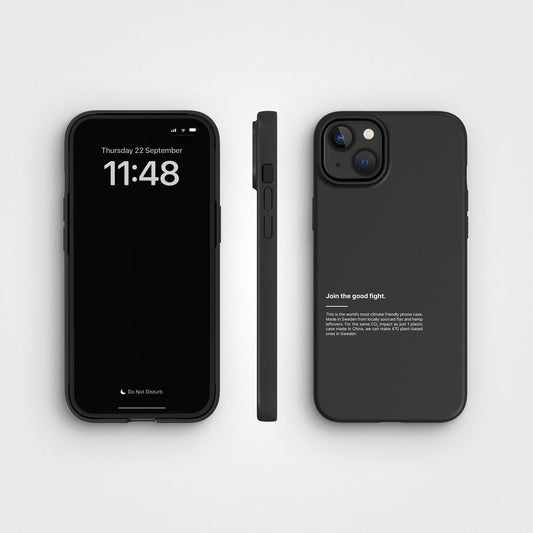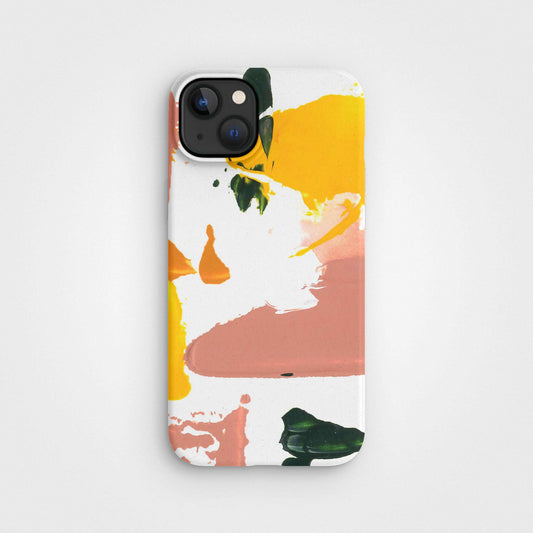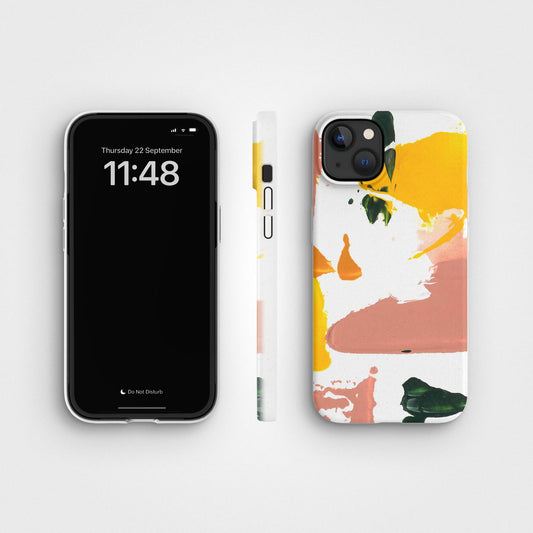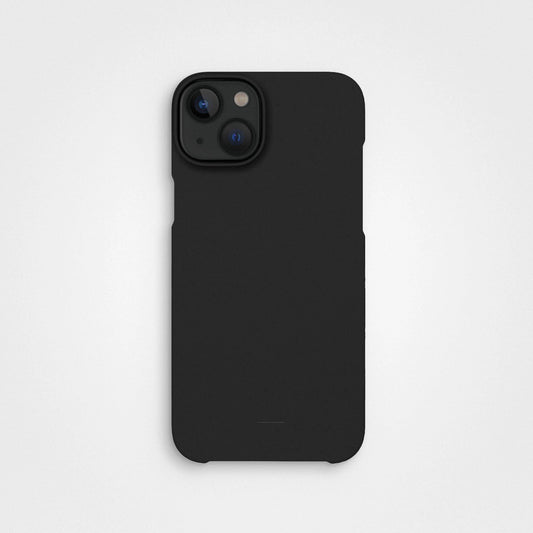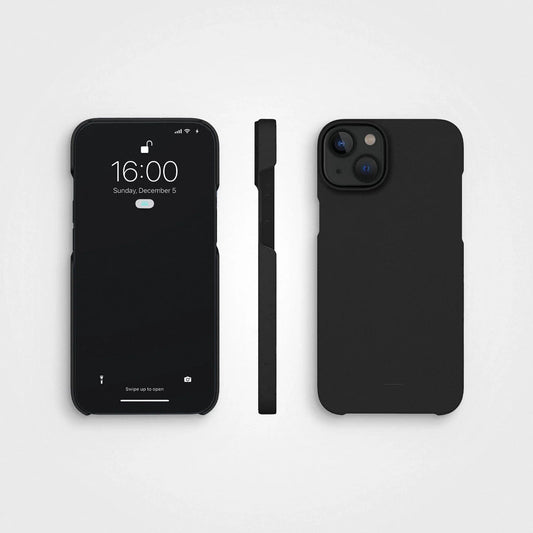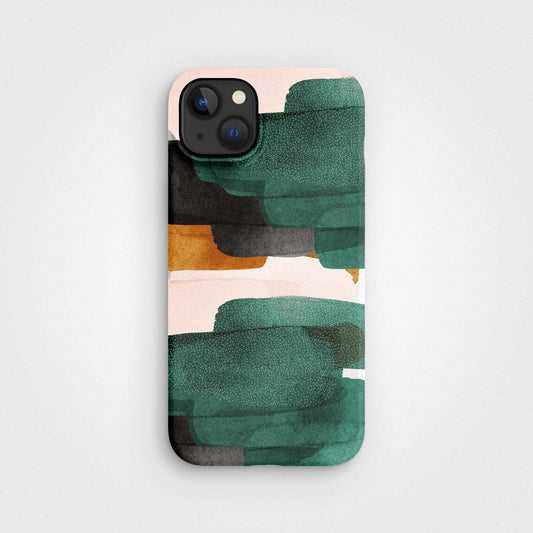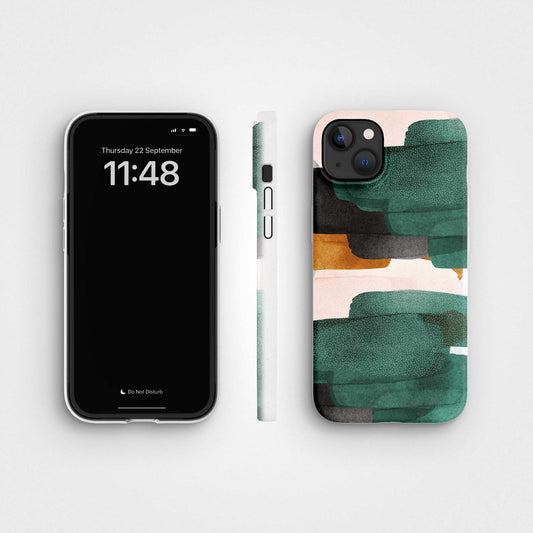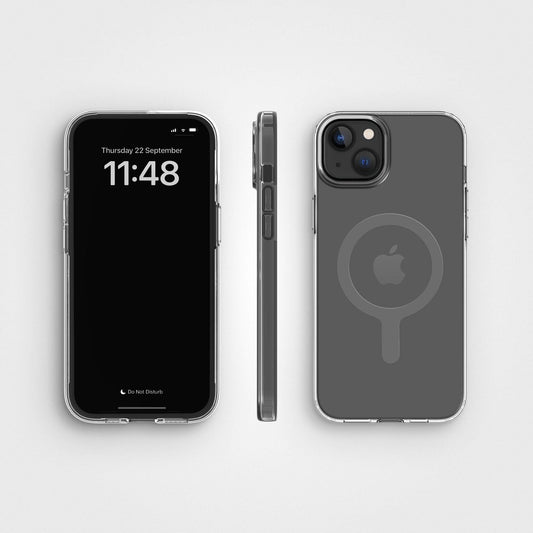The plastic ballpoint pens that we use today have reached the 'yawn' phase of their development, which is high compliment indeed for the inventors! But that still doesn't mean that we can't innovate to design and make a more eco-friendly ballpoint pen using sustainable materials and production techniques.
We stand on the shoulders of giants.
A brief history of the modern ballpoint pen
Pens used to be much less ubiquitous and were often considered cherished possessions. People would received them as graduation presents or retirement gifts. They were made from precious materials like mother of pearl or silver. Such writing instruments lasted a lifetime or more. Pens weren’t something you threw away.
In 1945, the Reynolds International Pen Co. introduced the ballpoint pen to the US market priced at $12.50 - almost $165 today. While not quite iPhone money, such a purchase was nevertheless a significant investment. It was a pen for well-heeled early adopters. That changed in 1959.
That’s when the now ubiquitous Bic disposable pen was brought to the US market. Thanks to modern economies of scale it could be sold for 29¢ - or around $2.50 today. At that price, nearly everyone who wanted a ballpoint could afford to have one. But mass production also made possible the curse of disposability. It became easier to just buy a new pen rather than fixing or refilling one you already had.

Disposable era consequences
Three decades after the Bic was introduced, Americans alone were throwing away 1.6 billion pens every year. In 2006 Bic produced its 100 billionth disposable pen. Giving people access to inexpensive and reliable pens is a positive thing and a good way to make money. But where do all these disposable items end up? If people are buying so-called disposable pens (and razors and cigarette lighters) over and over again, where exactly are the previous 99 billion? Bic just makes the pen, where it ends up is anyone’s guess.
Some pens end up in landfills or incinerators or hang out in semi-permanent residence in various drawers within your home. But, they also end up where you might not expect. Like Henderson Island, located halfway between New Zealand and South America in the middle of the Pacific Ocean. While humans don’t live there, they are causing major and catastrophic effects on the island. An estimated 13,000 pieces of trash end up on its shores every day - the majority of which is plastic. Our disposable lifestyle is to blame.
Can a pen change the world?
Yes. The modern ballpoint already has. The disposable Bic already has. We created a pen to try to change the world while also trying to be as eco-friendly as we can. We made our pen to not be disposable while also being affordable (and refillable). You see, most of the pens out there are terrible for the environment, made from the worst kind of plastics that end up places where they shouldn’t.
We spent half a year designing and developing our pen, which is made with natural meadow grass, so it's recyclable and made from compostable components. Our pen is also refillable because it is much better to keep on using something you already have than to just throw it away. It also writes incredibly well, so you’ll want to hold on to and keep using it.

Even the factory that produces our pen is innovative. It employs an environmentally friendly and resource-efficient closed-loop manufacturing process, which means that the factory produces no waste products or wastewater. The water that is used in the production process comes from what was already present in the meadow grass, and it’s continuously reconditioned so that the factory doesn’t have to use additional resources from the public water supply. Furthermore, biogas and waste heat from the production process are used for heating water, for drying and for generating electricity.
It’s a better pen made for you to use for as long as you can.
Saying something is “disposable” doesn’t mean that it goes away when you are done with it. On the contrary, we see again and again that the things we once thought were single-use tend to stick around much longer than marketing departments lead us to believe. Let’s stop this cycle and use and re-use the things we have. Let’s look for products that last for as long as we need them to but won’t destroy our planet - even out of the way islands in the Pacific. Because out of sight does not mean something should be out of mind.


